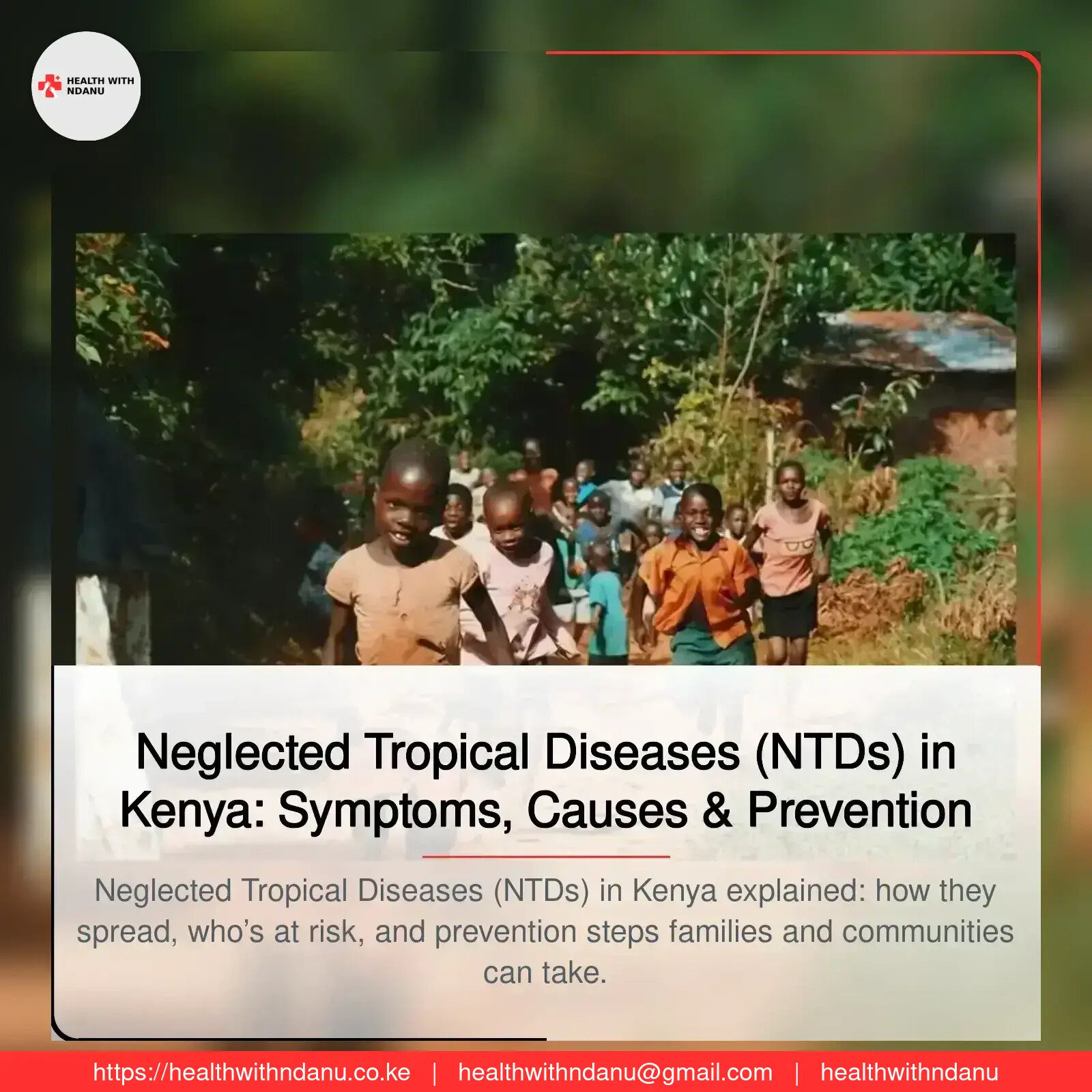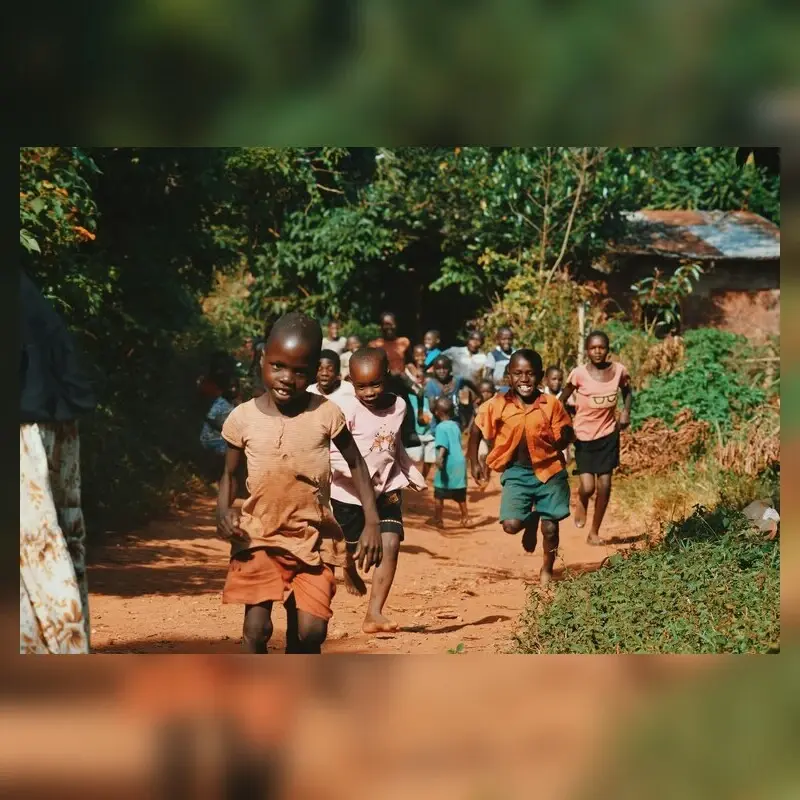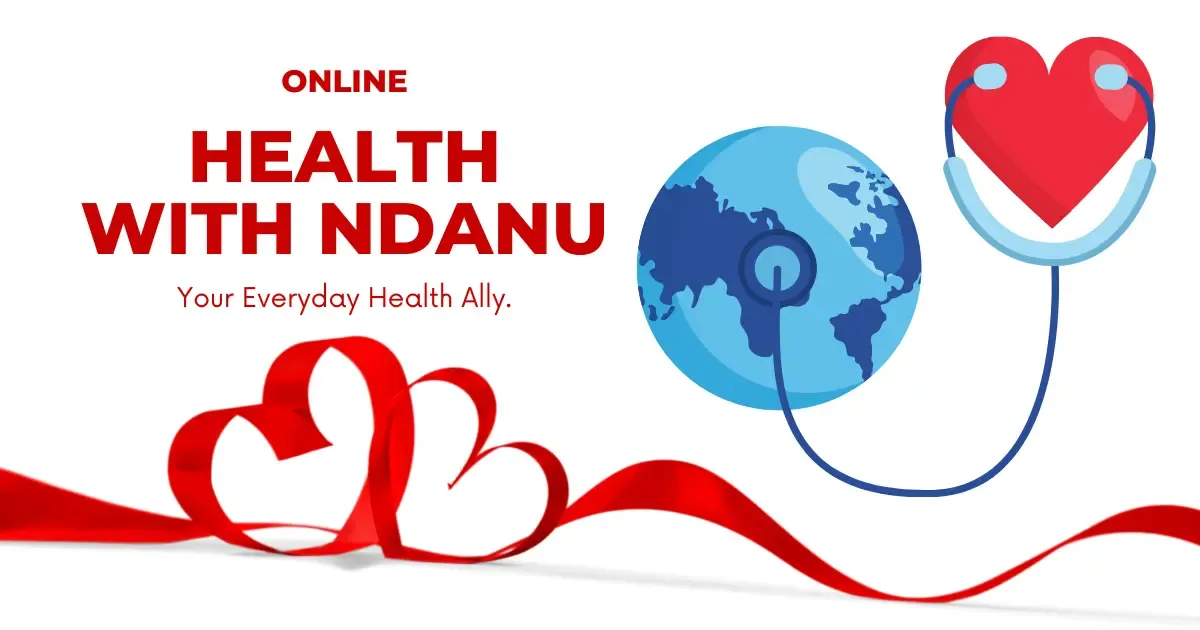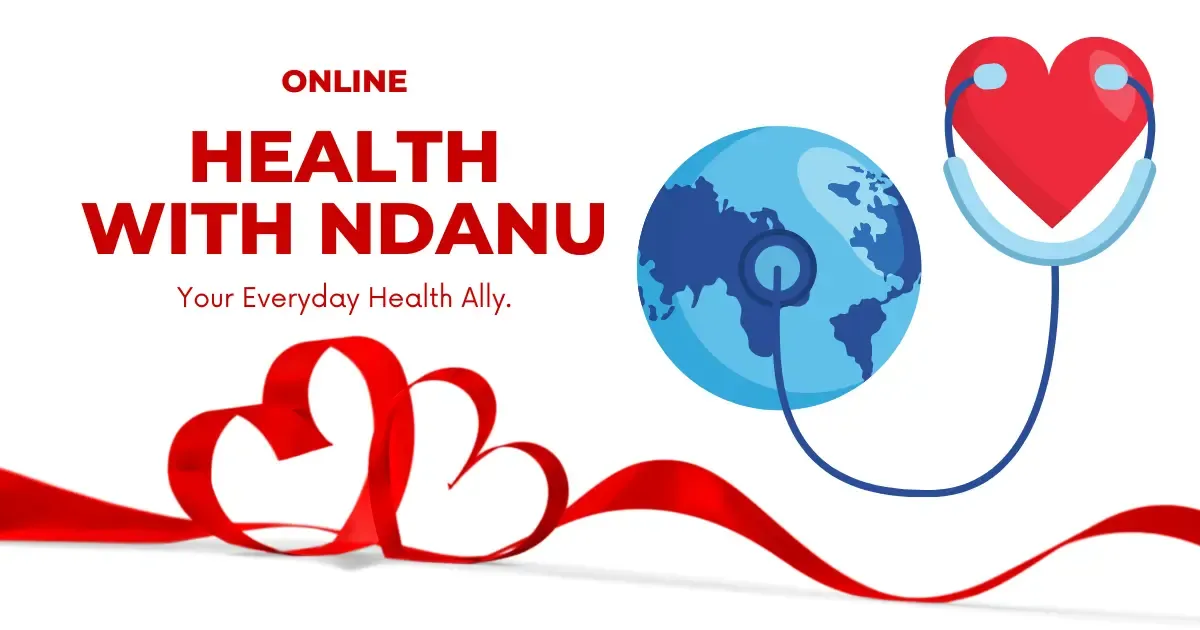Neglected Tropical Diseases (NTDs) in Kenya: Symptoms, Causes & Prevention
- by Diana Ndanu
- 29 June, 2025
- 0 Comments
- 10 Mins



What Are NTDs and Why Should You Care?
Neglected Tropical Diseases—commonly called NTDs—sound like something far away and rare, right? But the truth is, they are closer to home than most people think. If you live in Kenya, especially in rural areas like Tuwan, Mitume, Matisi, Kipsongo, Turkana, or Kwale, chances are you or someone you know has been affected by at least one of these diseases.
NTDs are a group of infections that mostly affect poor communities, where clean water, proper sanitation, and health services are lacking. These diseases don't always make big headlines, but they quietly cause pain, disability, and poverty for millions of people.
Let’s break it all down in simple terms so you can understand, share, and help protect your family and neighbors.
What Exactly Are NTDs?
NTDs are a group of around 20 diseases that are common in tropical and subtropical countries—like Kenya. These diseases have been “neglected” because they don’t get enough global attention or funding, despite the fact that they affect over 1.6 billion people worldwide, according to the World Health Organization (WHO).
Common NTDs Found in Kenya:
1. Trachoma 👁️
What it is: A bacterial infection that affects the eyes.
How it spreads: Through dirty hands, flies, or shared cloths (like handkerchiefs).
Symptoms:
-
- Itchy or painful eyes
- Discharge from the eyes
- Eyelashes turning inward (which scratch the eye)
- Eventually, blindness if untreated
Who’s at risk:
-
- Children in dry, dusty areas
- Women who care for children and get infected through close contact
Prevention:
-
- Regular face washing
- Clean water supply
- Antibiotic treatment
- Eye surgery in severe cases
2. Schistosomiasis (Bilharzia) 💦
What it is: A parasitic disease caused by worms that live in fresh water.
How it spreads: When you swim, bathe, or wash in rivers, lakes, or dams with infected snails.
Symptoms:
-
- Blood in urine or stool
- Stomach pain or diarrhea
- Fatigue
In severe cases: liver or bladder damage
At-risk areas:
-
- Lake Victoria region
- Mwea irrigation scheme
- Kwale, Kilifi, Tana River
Prevention:
-
- Avoid bathing/swimming in infected water
- Mass drug administration with praziquantel
- Snail control
- Sanitation improvements
3. Soil-Transmitted Helminths (Intestinal Worms) 🪱
What they are: Parasites that live in your stomach and intestines.
Main types: Roundworms, hookworms, and whipworms.
How they spread: Through dirty hands, contaminated food or water, and walking barefoot.
Symptoms:
-
- Stomach aches
- Loss of appetite
- Itching around the anus
- Anemia (feeling weak or tired)
- Slow growth and poor performance in school
Prevention:
-
- Wash hands with soap
- Deworming with albendazole or mebendazole
- Use of clean toilets
- Wearing shoes
Read more: deworming-using-mebendazole-an-overview-of-benefits-and-drawbacks
4. Lymphatic Filariasis (Elephantiasis) 🦵
What it is: A disease caused by tiny worms spread by mosquitoes.
Symptoms:
-
- Swelling of legs, arms, breasts, or private parts
- Pain, skin thickening, and disability
- Mental distress due to stigma
- How it spreads: Repeated mosquito bites, especially at night
Prevention & Control:
-
- Sleeping under treated mosquito nets
- Mass drug administration (ivermectin + albendazole)
- Washing and caring for swollen limbs
- Raising community awareness
5. Leishmaniasis 🦟
What it is: A parasitic disease spread by sandflies. There are two main types:
Visceral (kala-azar): Affects internal organs like the liver and spleen
Cutaneous: Causes skin ulcers and sores
How it spreads:
Bites from infected sandflies, especially in dry, sandy places
Symptoms:
-
- Long-lasting fever
- Weight loss
- Enlarged spleen or liver
- Skin wounds that take time to heal
Prevention:
-
- Avoid sandfly bites using repellents, bed nets
- Early diagnosis and treatment
- Proper housing and sanitation
For more information, click here
6. Human African Trypanosomiasis (Sleeping Sickness) 💤
What it is: A disease caused by parasites transmitted by the tsetse fly.
Where it occurs: Mainly in western Kenya and near game parks
Symptoms:
-
- Fever, headache, body pain
- Behavior changes, confusion
- Difficulty sleeping
- If untreated, leads to coma or death
Prevention:
-
- Avoiding tsetse-infested areas
- Wearing protective clothing
- Using insect repellents and traps
7. Rabies 🐕
What it is: A deadly virus spread through bites or scratches from infected animals (mostly dogs).
Symptoms (after a bite):
-
- Fever, headache
- Fear of water or air
- Aggression or confusion
- Paralysis and death
What to do after a dog bite:
-
- Wash the wound with soap and water
- Immediately go to the hospital for post-exposure vaccine
- Never wait for symptoms—they appear late and it’s often too late by then
Prevention:
-
- Vaccinate all dogs and cats
- Educate children to avoid stray dogs
- Community awareness
8. Guinea Worm Disease 🐛
Status: Almost eradicated in Kenya and globally—but still worth knowing.
How it spreads: Drinking water with worm larvae
Symptoms:
-
- Painful blisters
- Worm slowly comes out of the skin, often from the foot
- Fever and secondary infections
Prevention:
-
- Filtering drinking water
- Community surveillance
- Health education
How Do NTDs Spread?
Most NTDs are spread through:
- Contaminated water or food
- Poor sanitation (no toilets, open defecation)
- Insect bites (mosquitoes, sandflies, tsetse flies)
- Contact with infected animals or people
- Walking barefoot on infected soil
This means that people living in areas without safe water, proper waste disposal, or basic health services are most at risk.
Who Is Most Affected by NTDs in Kenya?
In Kenya, the hardest-hit are:
- Children in rural schools who lack clean toilets and handwashing facilities
- Farmers and herders who work barefoot or live near stagnant water
- People in informal settlements (slums) with poor drainage
- Families with limited access to healthcare
- Women and girls often suffer silently from infections that affect reproductive health, while children may miss school because of pain, itching, or fatigue caused by worms or skin infections.
What Are the Signs and Symptoms of NTDs?
Because NTDs include many diseases, symptoms vary. But here are some common signs to look out for:
Disease Key Symptoms
- Trachoma : Red, painful eyes, vision problems
- Bilharzia : Blood in urine or stool, stomach pain
- Worms : Stomach pain, weight loss, itchy bottom
- Elephantiasis: Swollen legs or private parts
- Leishmaniasis: Long-lasting fever, weight loss, skin ulcers
- Sleeping sickness : Confusion, trouble sleeping, coma
- Rabies: Fear of water, agitation, paralysis after dog bite
If you or someone you know has any of these symptoms—especially after traveling or working in high-risk areas—seek medical help immediately.
Why Should You Care About NTDs?
Here’s why every Kenyan—especially parents, teachers, youth, and health workers—should take NTDs seriously:
- NTDs keep children out of school
- They trap families in poverty by reducing ability to work
- They can cause permanent disability
- They are preventable and treatable if addressed early
What Is Being Done in Kenya to Fight NTDs?
The Kenyan Ministry of Health, in collaboration with organizations like AMREF, WHO, and NGOs, is running national campaigns to fight NTDs. Key strategies include:
🟢 Mass Deworming in Schools
Children receive albendazole and mebendazole tablets to kill intestinal worms.
🟢 Community Health Promoters (CHPs)
Trained health volunteers play a key role in educating communities, distributing medicines, and reporting cases.
🟢 Improved Water and Sanitation
Programs are being run to build boreholes, toilets, and handwashing stations in schools and villages.
🟢 Vector Control
Spraying insecticides, sleeping under mosquito nets, and controlling breeding grounds help prevent vector-borne NTDs like sleeping sickness.
🟢 Vaccination and Dog Control
For diseases like rabies, campaigns focus on vaccinating dogs and educating people about safe behavior around animals.
How Can You Protect Yourself and Your Community?
-
Practice Good Hygiene
- Wash hands with soap
- Use latrines and clean toilets
- Avoid walking barefoot
-
Drink Safe Water
- Boil water if you're unsure about its safety
- Don’t swim in stagnant rivers or dams
-
Participate in Deworming Days
Make sure children take the medicine offered at school or during community outreach.
-
Cover Food and Avoid Flies
Flies can spread disease-causing germs from feces to food.
-
Report Suspected Cases
Tell your local Community Health Promoter or visit the nearest clinic if you notice any symptoms.
Why Are They Called “Neglected”?
They’re called neglected because they:
- Affect mostly poor people
- Are not seen as a global priority
- Often don’t get media attention
- Don’t attract enough funding for treatment and prevention
But that’s changing now, thanks to strong advocacy and community-based action. The "Ending NTDs" movement in Kenya is gaining ground—and you can be part of the solution.
Let’s Talk About Albendazole: A Lifesaver
Albendazole is one of the most effective medicines for deworming and treating several NTDs. It’s often given for free in mass treatment programs. It works by killing worms in the stomach and intestines.
Common side effects may include mild nausea or dizziness. Always take it under health worker supervision.
The Way Forward: Together We Can End NTDs
Kenya has already made huge steps—eliminating Guinea worm, reducing cases of elephantiasis, and scaling up deworming. But the work is far from over.
What YOU Can Do:
- Share this article with your family, church group, or school.
- Organize a health talk in your village.
- Support or become a Community Health Promoter.
- Speak up during chief’s barazas and encourage clean-up efforts.
Final Word:
Neglected Tropical Diseases don’t have to be part of our lives. With knowledge, community effort, and support from the government and partners, we can eliminate NTDs from every corner of Kenya.
Got Your Own Experience? Share with us
Popular Categories
Most Visited Blogs
Daily Newsletter
Get all the top stories from Blogs to keep track.



